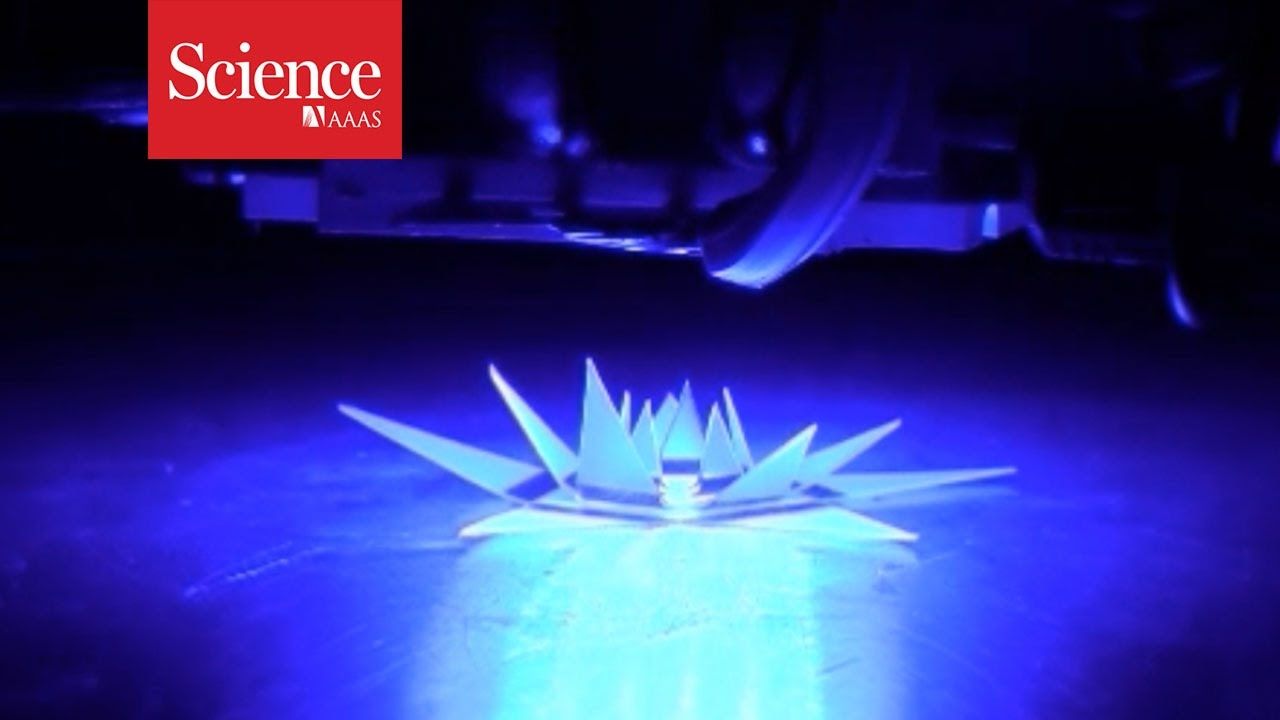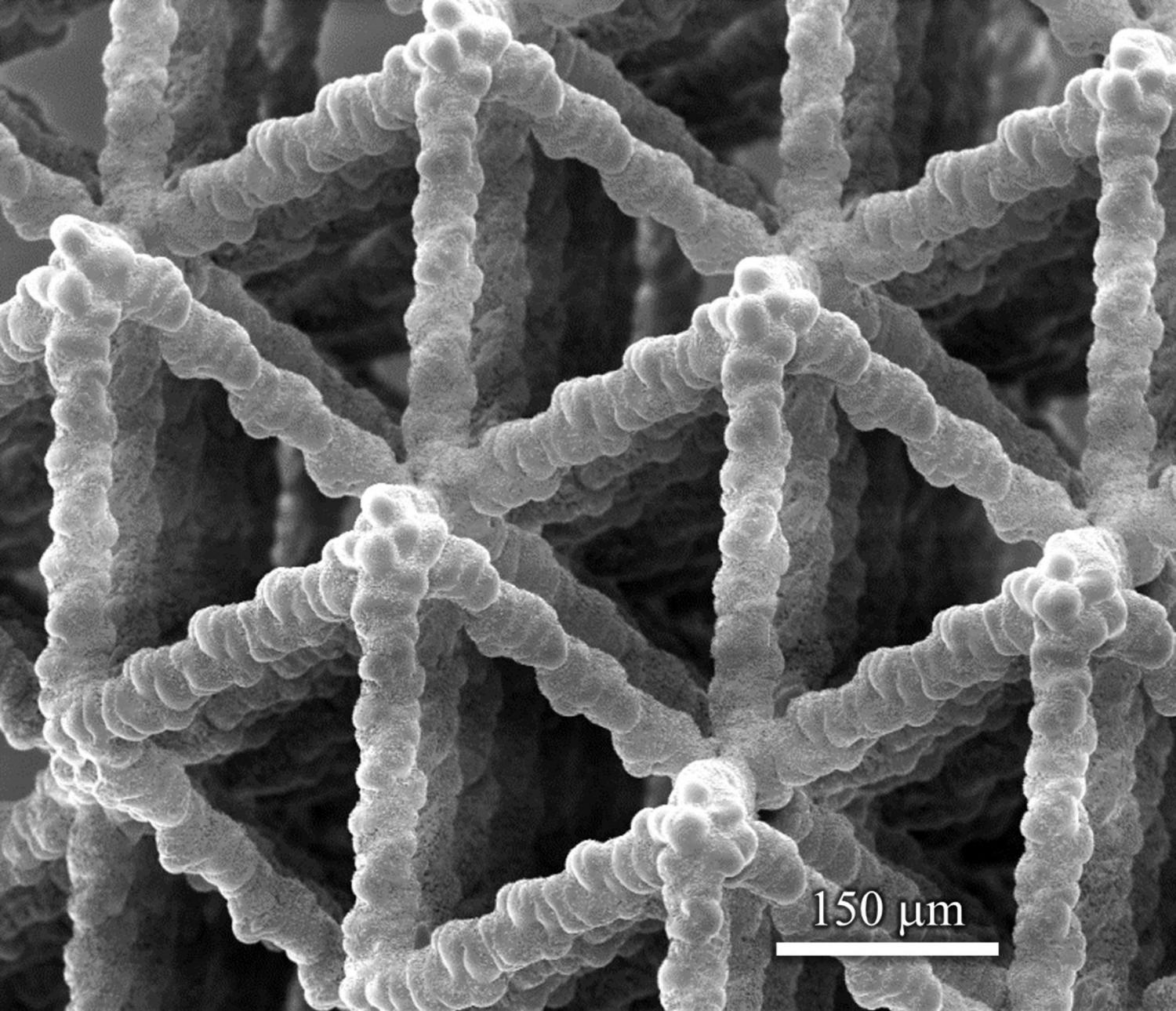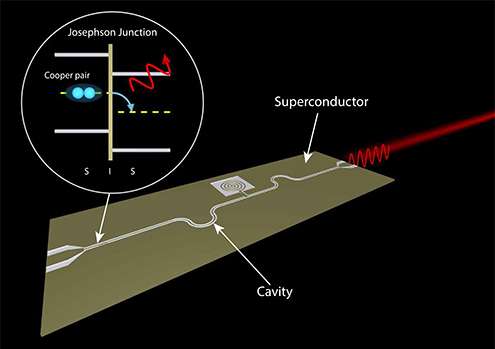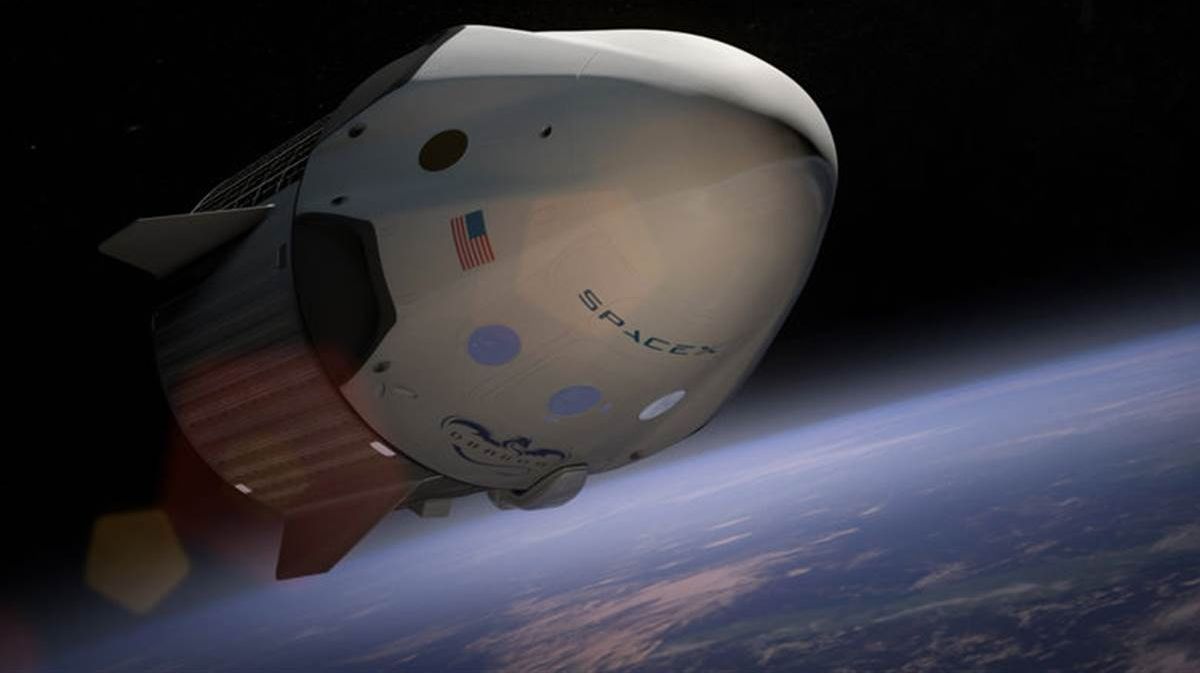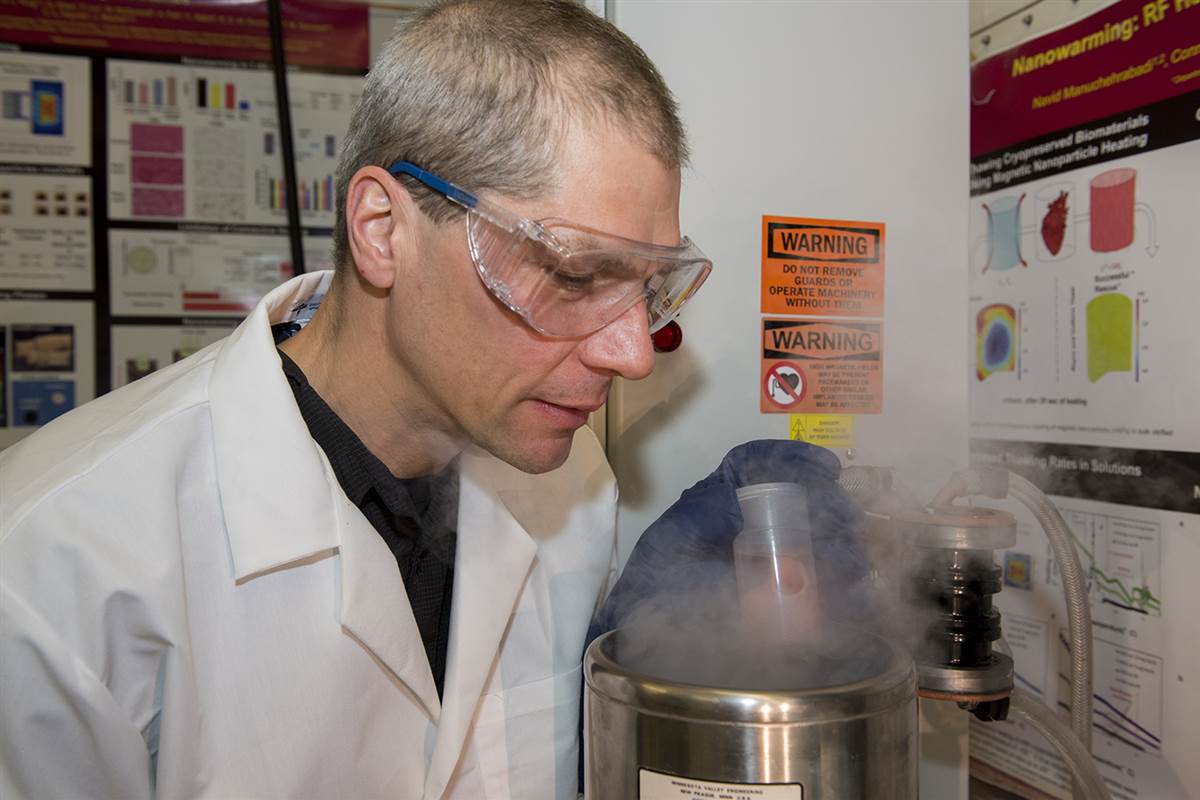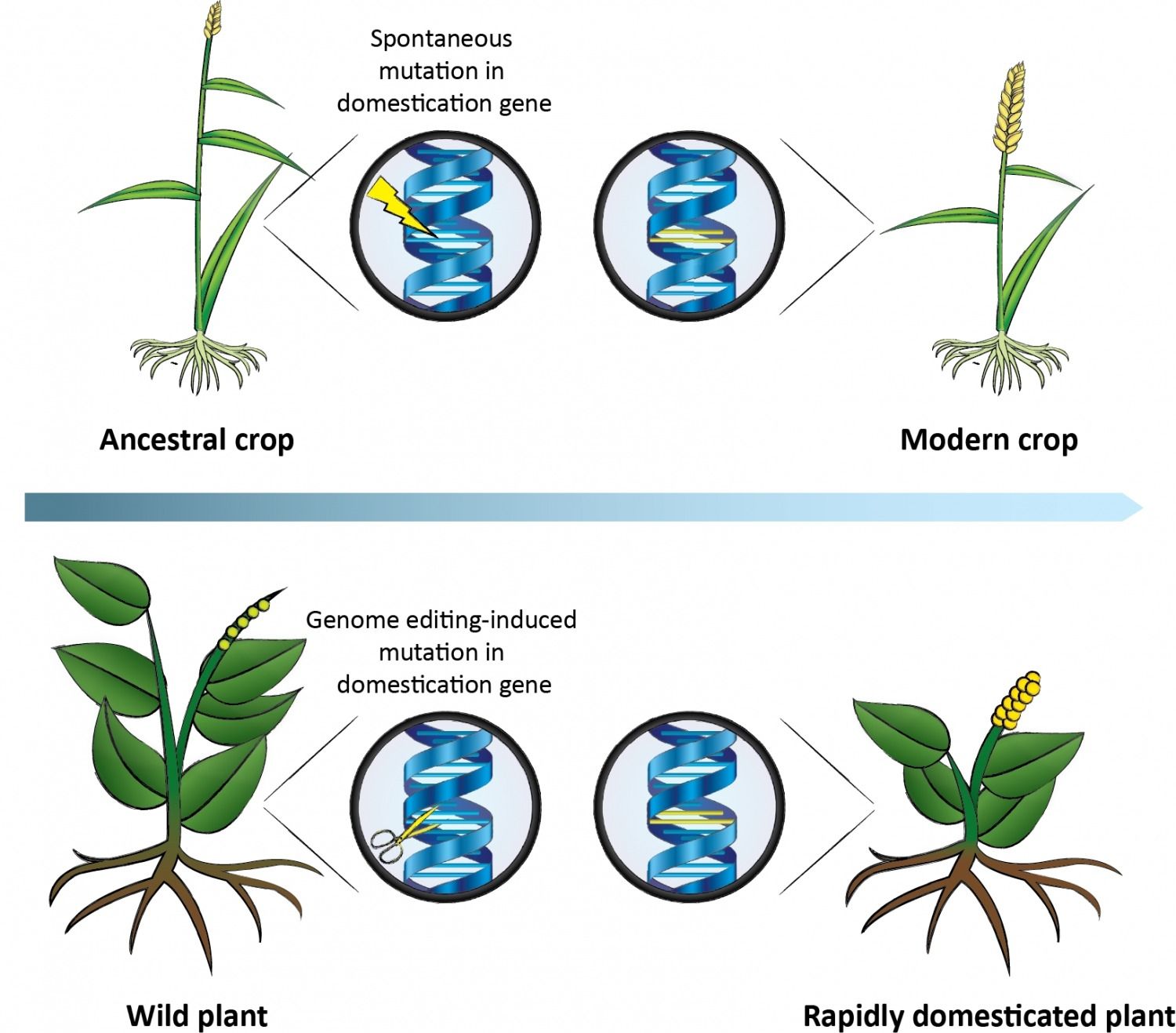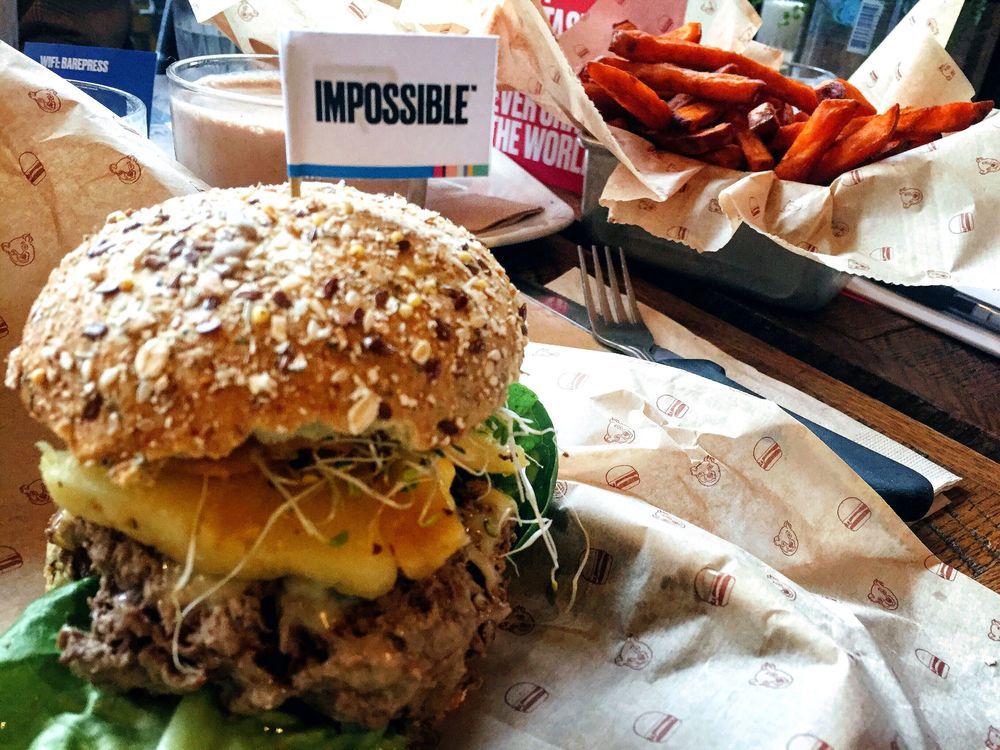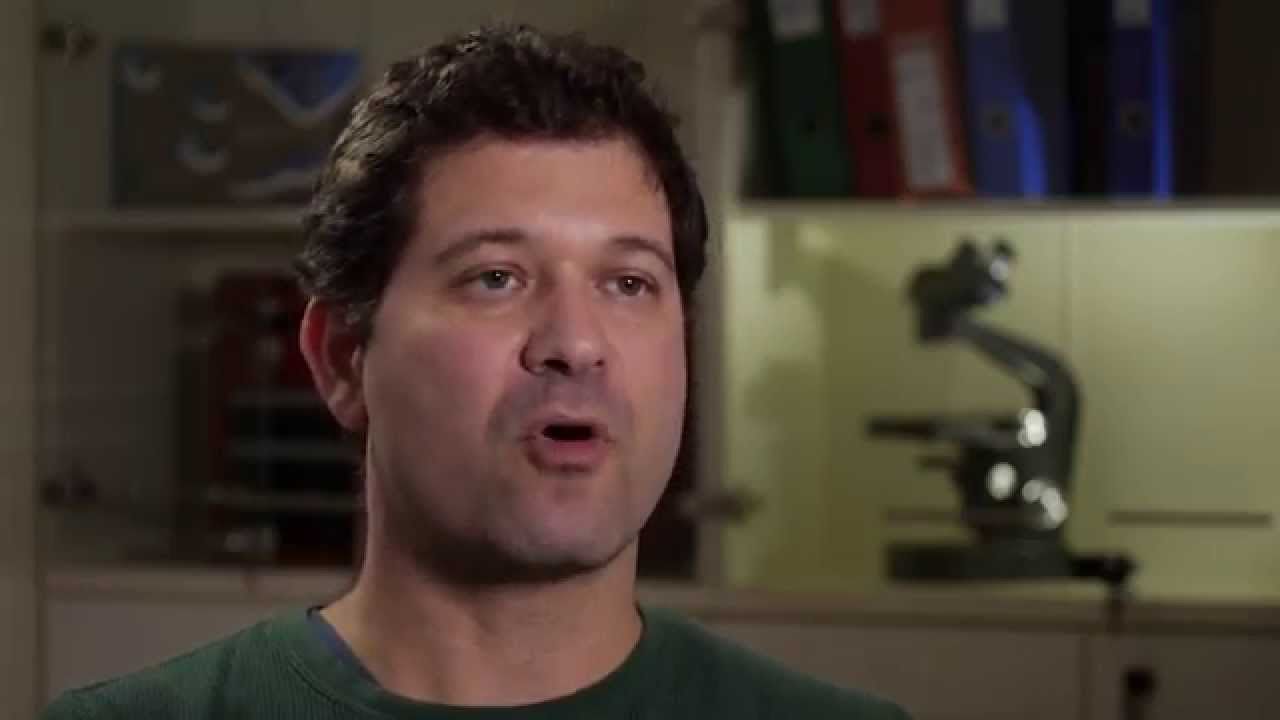Mar 3, 2017
Researchers remotely control sequence in which 2-D sheets fold into 3D structures
Posted by Saúl Morales Rodriguéz in categories: bioengineering, biotech/medical, nanotechnology, satellites, solar power, sustainability
Inspired by origami, North Carolina State University researchers have found a way to remotely control the order in which a two-dimensional (2-D) sheet folds itself into a three-dimensional (3D) structure.
“A longstanding challenge in the field has been finding a way to control the sequence in which a 2-D sheet will fold itself into a 3D object,” says Michael Dickey, a professor of chemical and biomolecular engineering at NC State and co-corresponding author of a paper describing the work. “And as anyone who has done origami — or folded their laundry—can tell you, the order in which you make the folds can be extremely important.”
